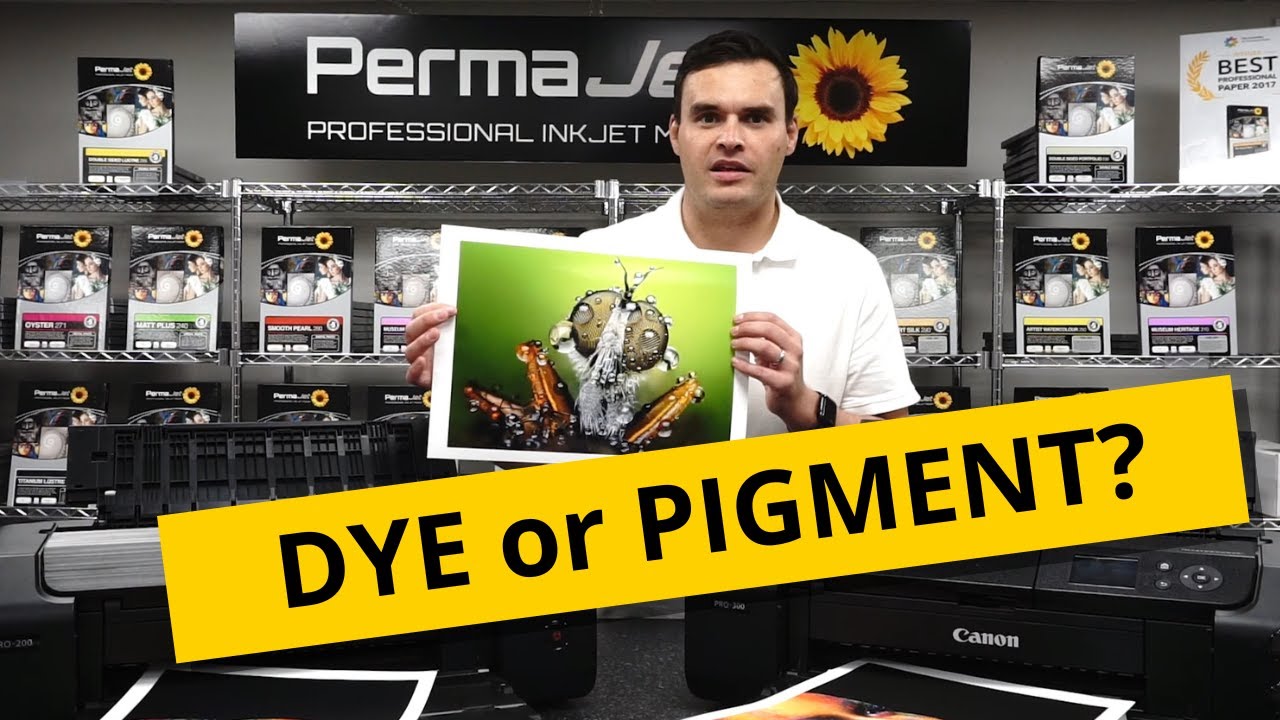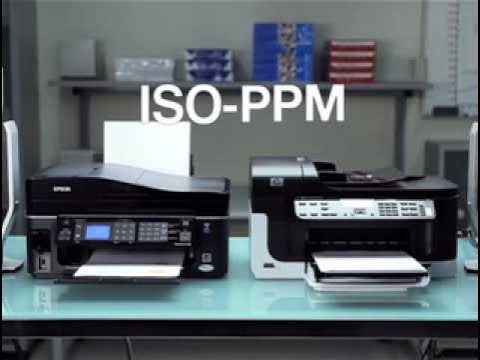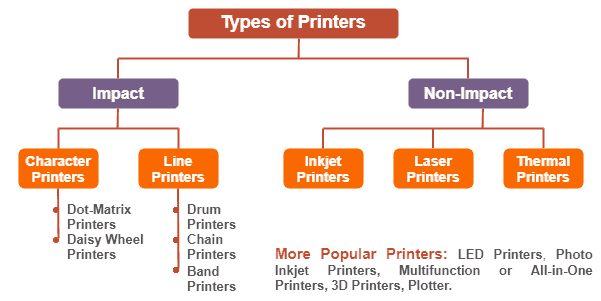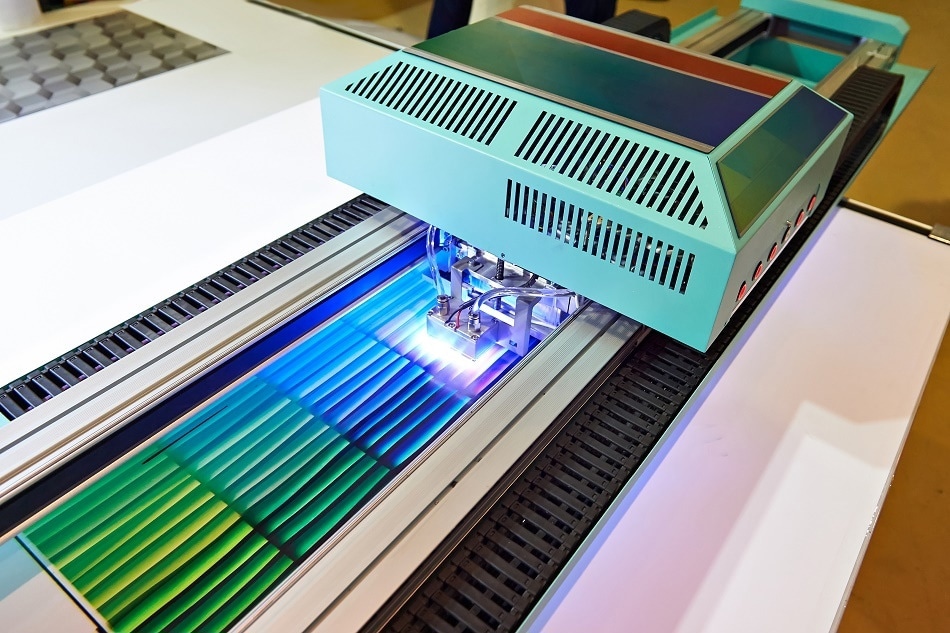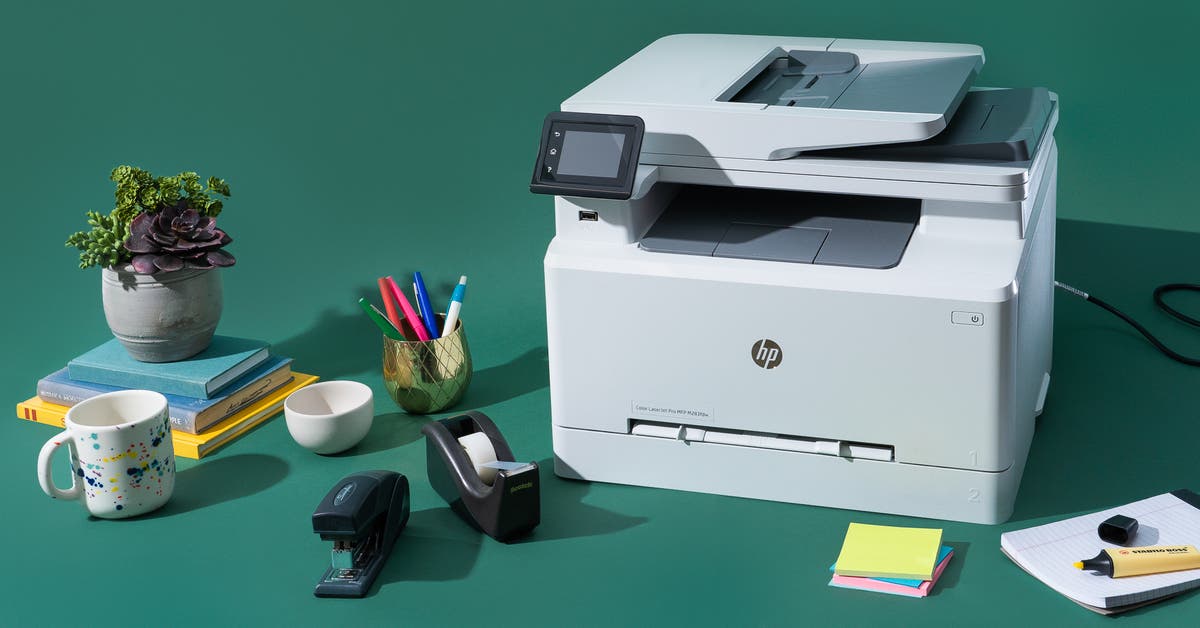Unravelling the Mystery: What is Pigment Ink for Printers?
Introduction
In the world of printing, the difference between a satisfactory print and an exceptional one often lies in the ink. While most may think all inks are made equal, understanding what pigment ink is and its unique qualities can make all the difference. This guide will explore everything there is to know about pigment ink for printers, analyze its pros and cons, and compare it with its counterpart - dye ink.
What is Pigment Ink?
Straddling the realm of printing, one encounters an array of inks, each with its unique characteristics. One such type conspicuous for its remarkable attributes is pigment ink. Predominantly utilized in inkjet printers, pigment inks constitute minute encapsulated particles, suspended in a carrier fluid.
Distinctive features of pigment ink:
- Composition: Unlike traditional dye inks that freely blend with paper, pigment inks settle on the paper's surface because of their distinct particle-like structure.
- Advancement: Initially, pigment inks fell short in comparison to dye inks concerning their color prowess. However, ongoing technological evolution has enabled pigment inks to offer a comprehensive color gamut, matching up to their dye counterparts.
- Stability: Pigment inks provide exceptionally stable prints. This stability is owing to their unique composition which doesn't dissolve in the paper but fixates onto the surface, leading to vibrant, longer-lasting prints.
In summation, pigment inks are a class of printer inks known for their supreme quality output and enduring prints. Their structural composition and technologically advanced features make them superior to dye inks in terms of longevity and stability. Whether you're an artist, a professional photographer, or a printer looking for archival-quality prints, pigment inks are an excellent choice to consider.
How does Pigment Ink work in Printers?
To fully appreciate the workings of pigment ink in printers, one needs to delve a bit into the science behind the process. The unique nature of pigment ink lies in its composition and interaction with the paper, setting it apart from other types of ink.
- Composition of Pigment Ink: Pigment ink is distinctive due to its structure. It is composed of small, encapsulated particles that float inside a liquid medium.
- Interaction with Paper: When the pigment ink is jetted onto the surface of the paper during the printing process, the particles adhere to the paper. Unlike dye inks, these don’t absorb or unite with the paper fibers; they maintain their form and stay on the surface.
- Bonding Process: These pigment particles are encapsulated in a unique resin. As the printer heats the ink during the printing process, this resin layer helps bond the colorant particle to the paper, resulting in a durable, printed image.
- Resilient Prints: Resultantly, you end up with a print output that is not just vibrant and rich in color and detail, but also resistant to factors such as water and sunlight.
This process sets pigment inks apart from their counterpart, dye inks, which get absorbed into the paper instead of just sticking onto it. The straightforward mechanism by which pigment inks interact with paper lays the foundation of their key benefits, including smudge and water resistance, as well as an overall vibrant, long-lasting print.
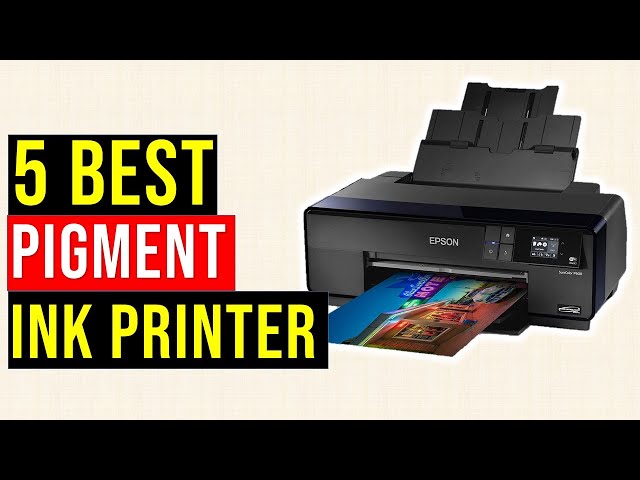
While the functionality of pigment ink in printers might seem a bit complex, it proves to be an asset to those desiring superior print quality. This ink's remarkable resilience ensures that prints stay true to their original quality for a long time, making pigment ink a staple for professional photographers and businesses alike.
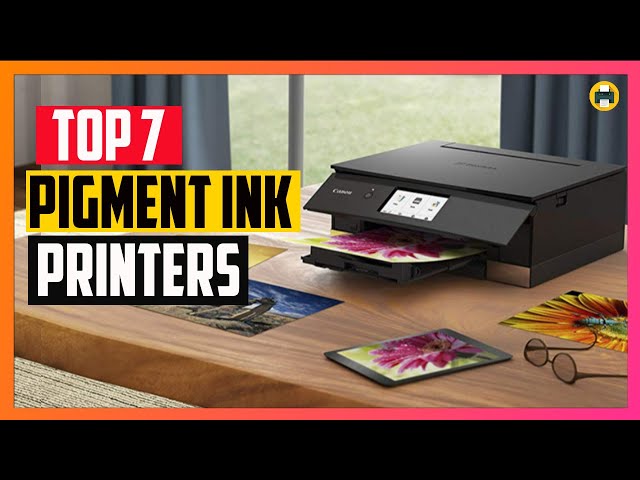
What are the Unique Advantages of Pigment Inks in Printing?
The beneficial aspects of opting for pigment inks in printing are numerous. Here, we've unveiled some of these distinctive advantages:
1. *Outstanding Colour Stability:* Pigment inks deliver prints with rich, dense, and consistent colour output. The vibrancy of the colours remains unfazed, bestowing a robust colour payoff.
2. *Superior Smudge and Water Resistance:* One of the significant pros of pigment ink is its resistance to smudging and water damage. Prints made with pigment inks can be handled and stored without causing any artefacts or loss in quality.
3. *Enhanced Durability:* Pigment inks reign supreme when durability is in question. These prints can easily survive up to a century or more without any perceptible fading. This impressive longevity is possible due to their high resistance to UV rays.
4. *Optimal Sharpness and Detail:* Unlike dye inks, pigment inks do not bleed through the paper, which results in sharper images with greater detail. The prints maintain their crispness over a prolonged period, lending a professional feel.
5. *Eco-friendly:* Pigment inks are generally considered more eco-friendly than dye inks. They do not contain volatile organic compounds (VOCs), making them a better choice for the environment.
To sum up, pigment inks in printers offer potent advantages, from exceptional colour stability and enhanced durability to superior resistance against water and smudges, which can significantly raise the benchmark of printing quality.
Pigment Inks vs. Dye Inks: What are the Key Differences?
As we delve deeper into the world of printer ink, a question that frequently arises is the difference between pigment and dye inks. Their distinction primarily revolves around their composition and interaction with paper. Let's dissect these factors to better comprehend why it matters when it comes to your printing requirements.
1. Chemical Structure:
- Pigment Inks: They consist of finely grained solid colorants suspended in a liquid carrier.
- Dye Inks: They are composed of colorants fully dissolved in water.
2. Interaction with Paper:
- Pigment Inks: They stick to the paper surface, creating an impenetrable layer without seeping into the paper fibers.
- Dye Inks: They have excellent absorption, diffusing into the paper fibers, which can result in brighter colors.
3. Longevity & Resistance:
- Pigment Inks: Exhibiting superb resistance to environmental factors, pigment ink compositions have a proven longevity, with prints lasting up to a century without significant fading.
- Dye Inks: While they provide brighter colors and are more cost-effective, they are less resistant to environmental factors, thus compromising on durability.
4. Cost Difference:
- Pigment Inks: Possessing qualities like superior longevity and UV resistance, pigment inks are priced higher.
- Dye Inks: Affordable in comparison, dye inks might be the perfect fit for budget constraints, though they compromise on print durability.
In conclusion, the choice between pigment ink and dye ink ultimately hinges on your specific needs. If print longevity and resistance to environmental fading are your priorities, pigment inks are your go-to option. Otherwise, for those seeking brighter colors and cost-effectiveness, dye inks could be a better choice.
Is Pigment Ink the Right Choice for You?
When deciding between pigment ink and its counterparts, several factors need consideration. This will determine its suitability to your needs. Here's a breakdown to help with your decision:
- Longevity Requirements: If your primary aim is to produce prints that will outlast generations, pigment ink is your best bet. Its superior durability ensures that prints can last a century without significant fading, making it an excellent choice for enduring fine-art reproductions or historical documents.
- Colour Stability and UV Resistance: In terms of color performance, pigment ink provides vibrant and rich colours, ensuring prints are visually delightful. Additionally, its remarkable resistance to UV and water gives a higher assurance of print preservation.
- Professional Application: photographers, artists, and businesses desiring archival-quality prints should lean towards pigment inks.
However, it’s essential to note that:
- Cost: Pigment inks generally cost more than dye inks. If you’re budget-restricted and durability isn’t a primary concern, dye ink might be a more practical solution.
In conclusion, choosing pigment ink mainly depends on your specific requirements and budget. The premium quality, durability, and color performance offered by this type of ink undoubtedly makes it a valued prospect for high-quality print work.
Conclusion
The intricate world of printing requires more than just a good printer. Understanding what pigment ink is and how it impacts print quality can significantly elevate your printing game. While it comes at a higher price point, the color stability, longevity, and UV resistance offered by pigment inks make it a worthy investment for those seeking superior print results.
Related FAQs about what is pigment ink for printers
Are pigment inks better than dye inks for photo printing?
Both pigment and dye inks have their strengths. Pigment inks provide superb longevity, UV resistance, and color stability, making them excellent for archival quality photo prints. However, dye inks tend to yield brighter, more vibrant colors due to their ability to fully dissolve and blend into the paper. Therefore, the choice depends on your specific needs.
How does the cost of using pigment inks compare to dye inks?
Pigment inks are generally more expensive than dye inks. This cost disparity is due to their manufacturing process and their superior quality attributes like longevity, UV resistance, and smudge resistance. While the initial investment for pigment inks may be higher, they could prove more cost-effective in the long run for prints requiring archival quality.
Can all printers use pigment inks or is it specific to certain models?
Not all printers can effectively use pigment inks. The technology and specifications of the printer must be designed to handle the unique particle-like structure of pigment inks. Primarily, professional grade and high-end consumer inkjet printers are equipped to use pigment inks. It's recommended to check the printer's manual or consult with the manufacturer before using pigment inks.

